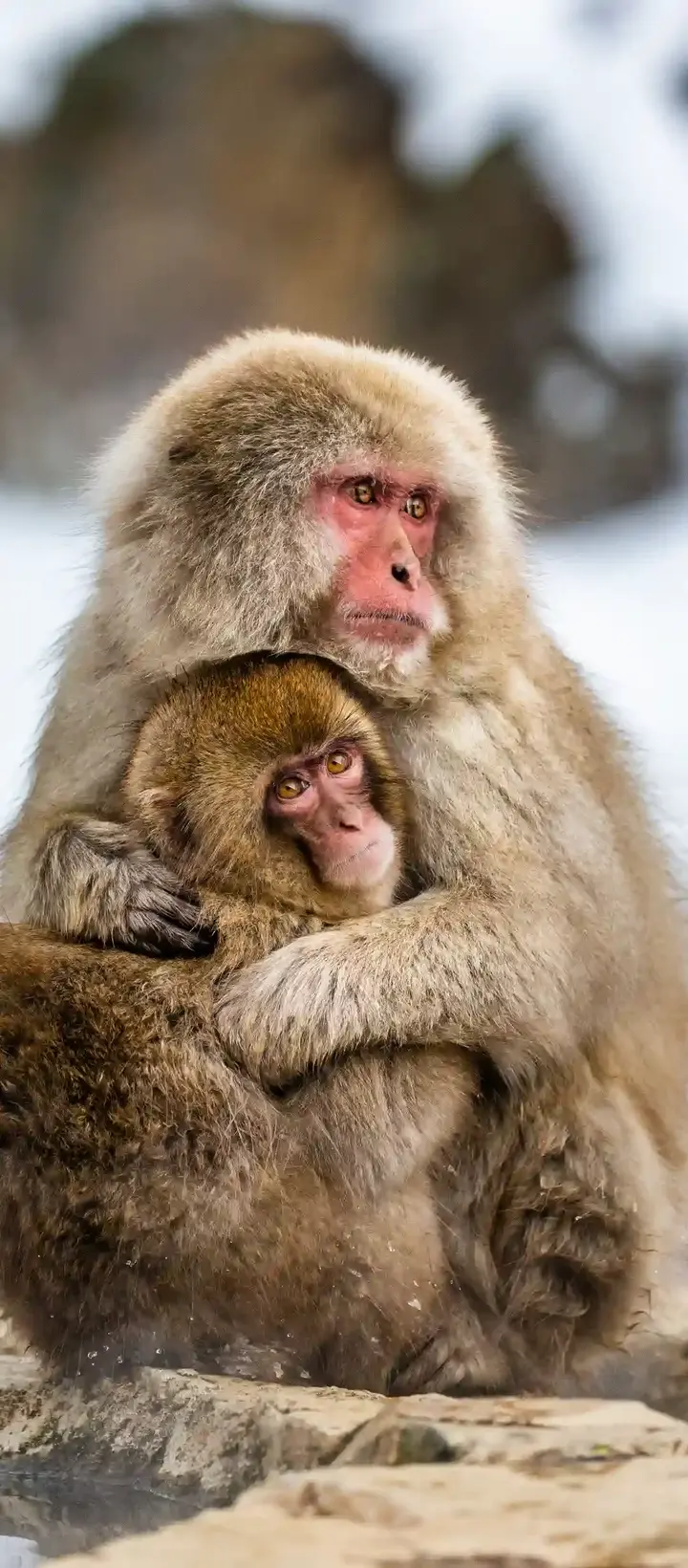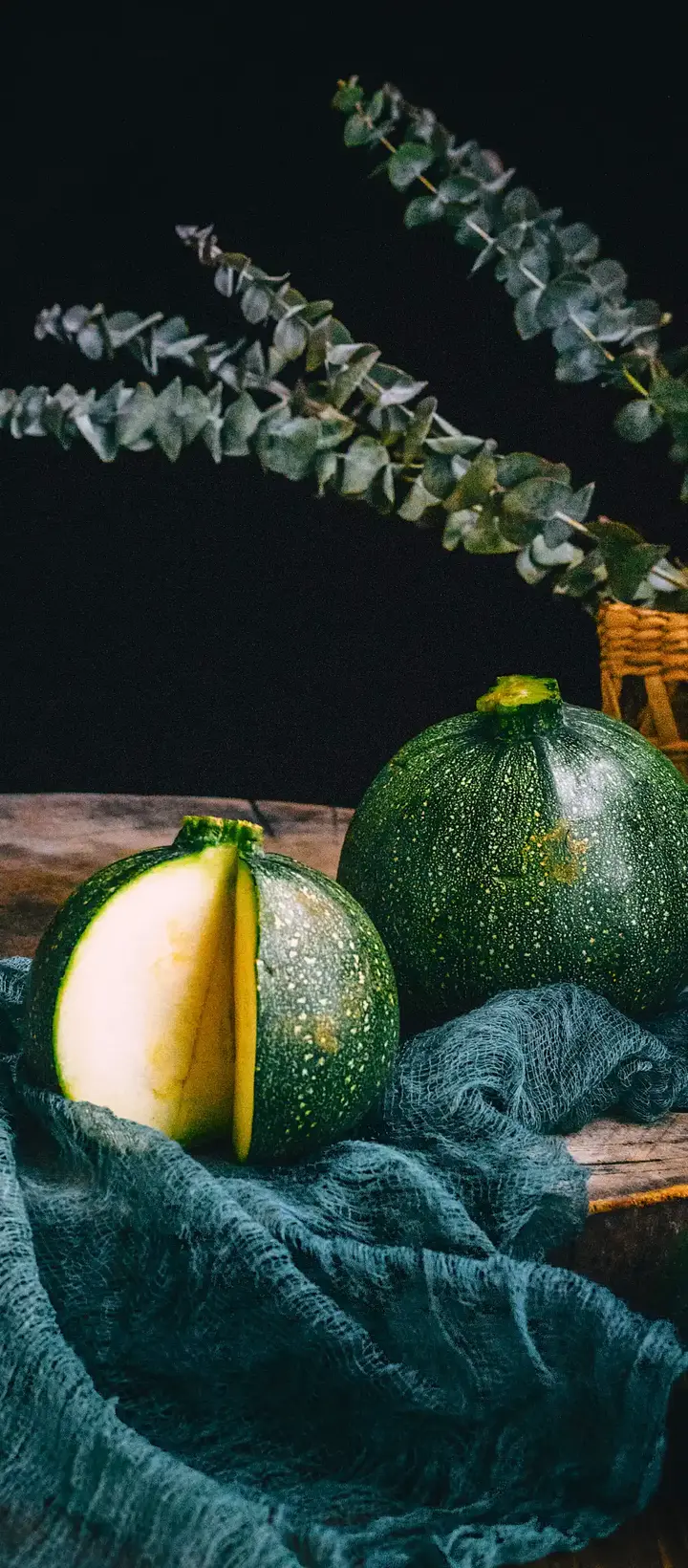2015، لتصبح من أبرز أعمال فن ما بعد الحرب، مدفوعة بشهرة الفنان وتاريخ المدرسة التعبيرية.
أما Black Fire 1 التي رسمها بارنيت نيومان عام 1961، فرغم بساطة تصميمها وألوانها، بيعت بـ84.2 مليون دولار في مزاد تجاوزت عوائده التوقعات، مما يعكس قيمة التعبيرية التجريدية في السوق.
لوحة جريدة الشرطة لـ ويليم دي كونينج ، تعكس تغيراته الأسلوبية وجرأته في استخدام الألوان. رسمها عام 1955، وتداولها عدد من جامعي الأعمال حتى اشتراها ستيفن كوهين عام 2006 بـ85.4 مليون دولار.
البرتقالي والأحمر والأصفر رسمها مارك روثكو عام 1961 بالأكريليك على قماش، واحتفظ بها جامع الأعمال ديفيد بينكوس لـ45 عاماً. بيعت عام 2012 بـ102.5 مليون دولار، مسجلة رقماً قياسياً لفن ما بعد الحرب.
رسم بيت موندريان لوحته التركيب C (1929) بأسلوب هندسي مستخدم الألوان الأساسية، وبيعت لاحقاً بـ50.6 مليون دولار، أي ضعف التقديرات التي سبقت المزاد.
لوحة التبادل (Interchange) التي رسمها دي كونينج عام 1955 على قماش كبير، تُقدّر قيمتها اليوم بـ300 مليون دولار، لتصبح من أغلى اللوحات على الإطلاق. يملكها حالياً كينيث سي غريفين ويعرضها في معهد شيكاغو للفنون.
أخيراً، لوحة العلم للفنان جاسبر جونز التي أنجزها عام 1958 بعد خروجه من الخدمة، تُعد الأشهر بين أكثر من أربعين عملاً له مستوحاة من العلم الأمريكي. بيعت عام 2010 بـ130 مليون دولار، لتكون الأغلى لفنان على قيد الحياة.


